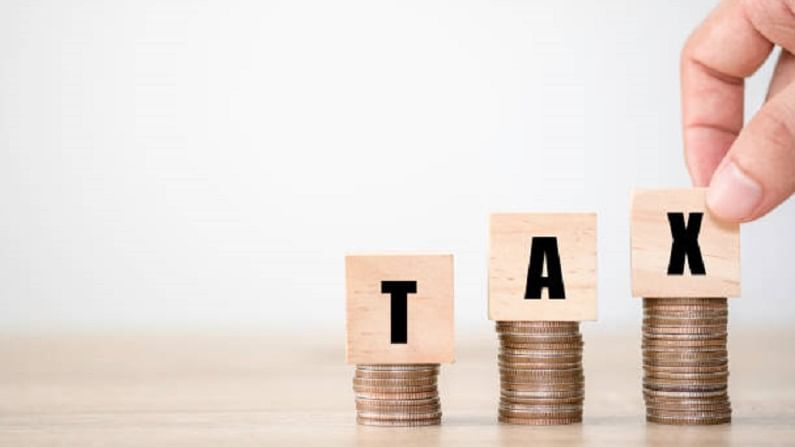EEE, ETE, EET category instruments: Know the details
A handful of investment instruments are exempted from any type of tax.

As a salaried or professional or pensioner income tax deduction is one of the most ubiquitous transactions with the government that has to be complied, every year. There are three stages of any investment – the investing phase, the income phase, and the withdrawal phase. Depending on the taxation on each phase, the tax liability on investments is categorised into three types depending on which stage is exempt and which stage is taxed.
EEE stands for exempted, exempted and exempted which means all three phases are free from tax. ETE stands for exempted, taxed, exempted and EET stands for exempted, exempted and taxed. In this article, you will understand the category under which of your investment falls under such categories and is exempted. EEE category is the best part of investment among all, said Arvind Agarwal, an IT consultant.
Here is a guideline for all three tax categories.
EEE (exempted-exempted-exempted)
These investments are exempt at all the stages of investment, i.e the investment stage, the accumulation of interest income stage and the withdrawal stage. Examples of these investments are, PPF, EPF, ELSS, ULIPs and Life Insurance policies.
These investments are eligible for deduction under section 80C when the investment is made. The incomes earned by these investments are fully exempt and there is no tax on withdrawal also. This investment will give you a 100% income and is considered the most preferred investment destination.
Besides, some conventional investment instruments such as Sukanya Samriddhi Account (SSA), National Pension Scheme (NPS), Virtual Provident Fund (VPF) and some corporate and government-backed bonds are traded on exchanges, as well as issued privately, come under the EEE category.
The specifications of the bonds indexed under EEE or any other category can be obtained from NSE and BSE. People can acquire the document describing the features of bonds from the bond-issuer itself.
ETE (exempted-taxed-exempted)
These investments are taxed at the accumulation of interest income phase, but investment and withdrawals are not taxed. Examples of these investments are National Savings Certificate (NSC) and Tax Saver Fixed Deposits (FD). They are eligible for deduction under section 80C of the Income Tax Act, but the interest earned on these is taxed at regular slab rates.
But on the other hand, no tax is charged on withdrawal or when the investments mature. For example, if you invest Rs 1 lakh in 5-year tax saving FD, and suppose at 5.5% you will earn Rs 31,500 as interest, then tax is applicable upon this amount, i.e. on Rs 31,500. But when you withdraw the amount at the maturity no tax is applied on the final withdrawal amount, said Nilotpal Banerjee, an investment expert.
EET (exempted-exempted- taxed)
These investments are not taxed at the investment and accumulation or interest income phase but are taxed on final withdrawal.
One example of this is National Pension Scheme or any other pension scheme. The amount invested under NPS earns a deduction under section 80CCC and section 80CCD. There is no tax when the funds are invested under NPS and while earning during the tenure. But the annuities received i.e the pension received under any annuity plan is taxable as per the tax slab.
Suppose if a person’s rate of NPS return is 10% and he/she falls under the 20% tax bracket, then the person will get the absolute return at 8%. All pension plans are fall under this category and yield this return, added Banerjee.